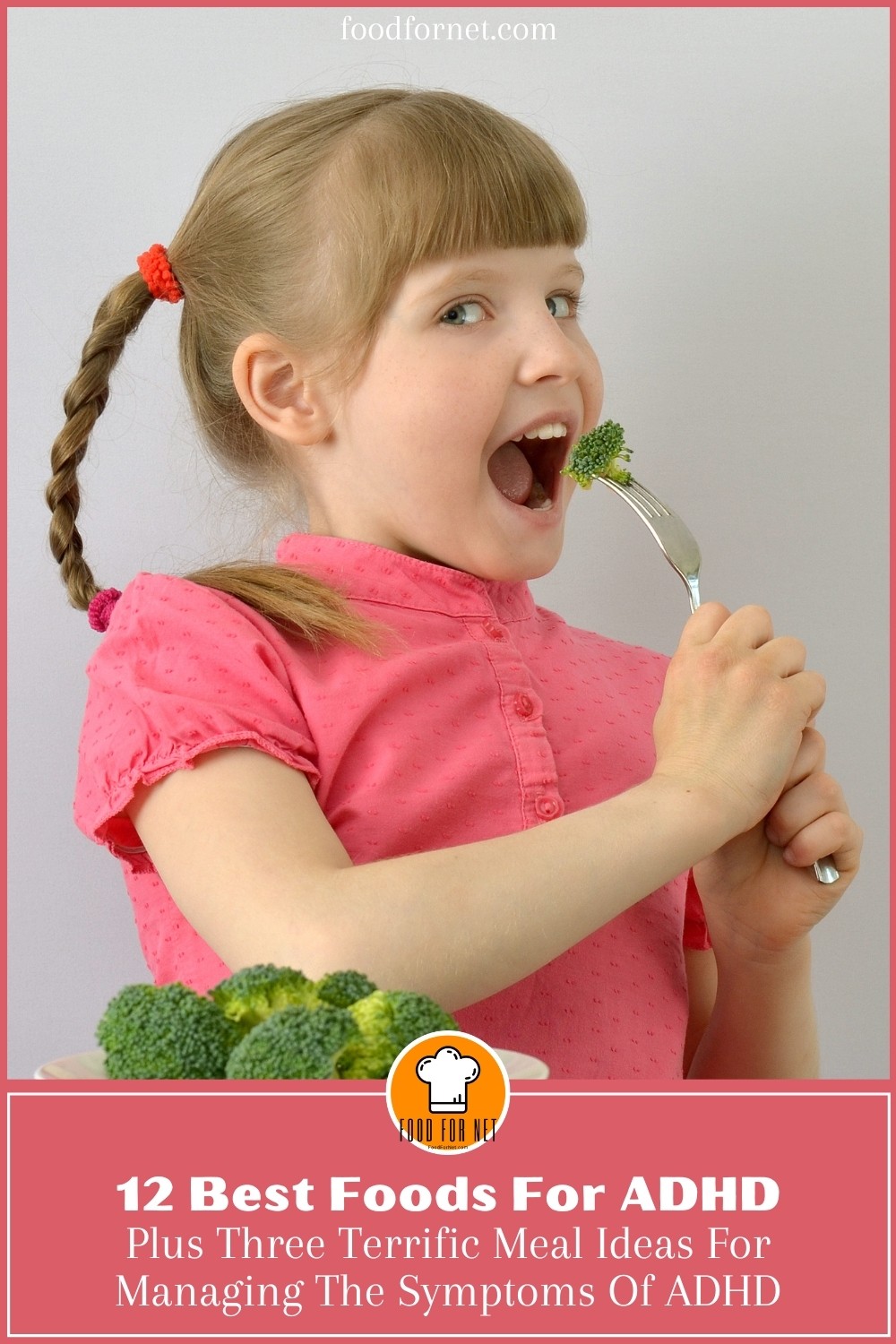
Life with ADHD can be hard. Besides not being able to focus, the restless, sometimes irritable feelings can make it difficult to relate to other people or to finish important work.
Getting the proper nutrition can help. A good ADHD diet contains some key nutrients, such as zinc, iron, protein, and other compounds, that could be helpful for controlling ADHD symptoms. If you’re interested, read through the following list of the 12 best foods for ADHD. At the end of this article, I’ll share three delicious meal ideas for people who struggle with ADHD.
12 Great ADHD Diet Foods
- Spinach
- Chia Seeds
- Mushrooms
- Lean Beef
- Potato
- Asparagus
- Avocado
- Broccoli
- Brown Rice
- Nuts
- Fish
- Blackberries
Spinach
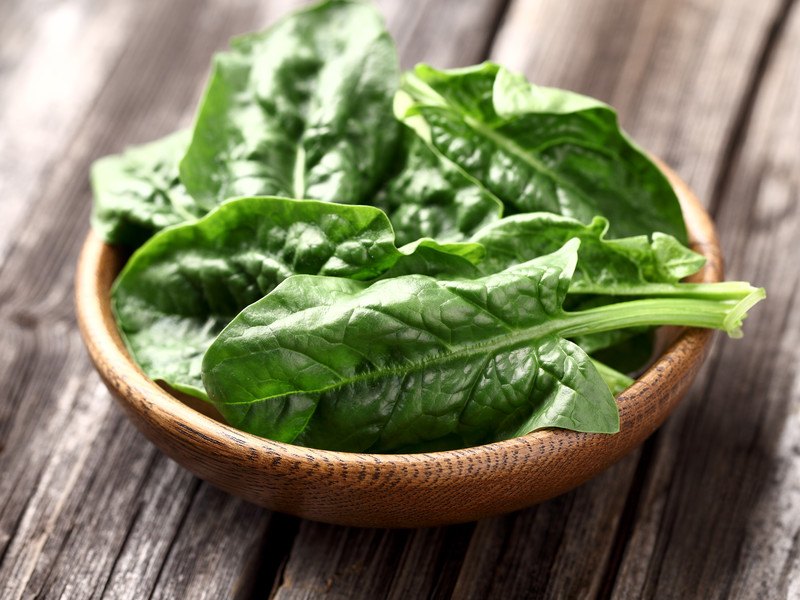
Zinc is a superfood, for many conditions, for many reasons. It’s one of the best-known green leafy vegetables, which are packed with nutrients. A one-cup serving of spinach contains 15% of the daily recommended value for folate. This could be helpful for people with ADHD because ADHD has been linked to lower levels of folate.
Spinach is also relatively high in protein, zinc, magnesium, and iron, which all play a part in helping people with ADHD. A 1-cup serving supplies 2% of the daily recommended value for protein, 4% for iron, 1% for zinc, 6% for magnesium, and 4% for iron. Spinach also provides significant amounts of vitamins A, C, K, and B6, as well as calcium, copper, potassium, and manganese.
Chia Seeds
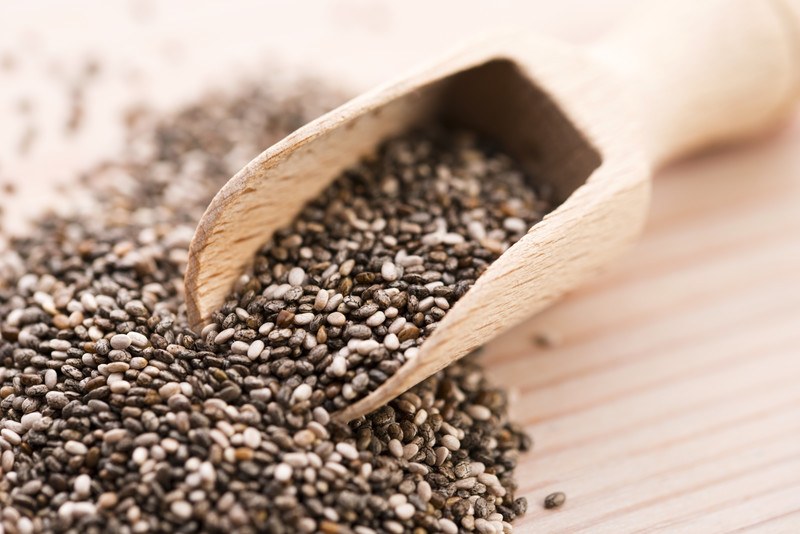
Chia seeds are small black seeds native to northern Mexico, but their popularity is spreading around the world. A one-ounce serving of chia seeds contains 34% of the recommended daily allowance for fiber. This could be important for people with ADHD because eating enough fiber could help manage blood sugar levels. Stabilizing blood sugar levels has been linked to better management of some ADHD symptoms.
Chia seeds contain other helpful nutrients, too. One ounce of chia seeds provides 9% of the daily recommendation for protein, and it also provides 5 grams of omega-3 fatty acids. The protein in chia seeds and other foods helps create neurotransmitters that could help keep ADHD symptoms under control, while the omega-3 fatty acids could reduce hyperactivity and improve both attention and memory.
Mushrooms

For a plant-based food, mushrooms are surprisingly high in protein. A one-ounce serving of mushrooms (about half a cup of sliced white mushrooms) contains 2% of the recommended daily intake of protein. It’s also relatively high in vitamin B2. This could be significant because people with ADHD often have lower levels of vitamin B2 than people without ADHD. One ounce of sliced white mushrooms supplies around 9% of the daily recommendation for vitamin B2.
Mushrooms are also a good source of thiamin, niacin, copper, zinc, selenium, potassium, and phosphorous. Both zinc and selenium have been found to be helpful for people with ADHD because they influence the way neurons to work and affect behavior.
Lean Beef

Where ADHD is concerned, lean beef’s biggest contribution could be that it is a terrific source of protein. One ounce of cooked lean beef contains 16% of the daily recommendation for protein, and common serving sizes often include 2-6 ounces.
Niacin, which could help improve focus in children with ADHD, is also relatively high in lean beef. A one-ounce serving provides 13% of the daily recommendation for niacin, and it also contains other B vitamins, including riboflavin, thiamin, and folate. This serving size also supplies 22% of the recommended daily intake for vitamin B12 or cobalamin. This is significant because people with ADHD often have low levels of vitamin B12.
Lean beef also shines when it comes to minerals that help people with ADHD manage their symptoms. One ounce of lean beef provides 14% of the daily recommendation for zinc, 17% for selenium, and 4% for iron.
Potato
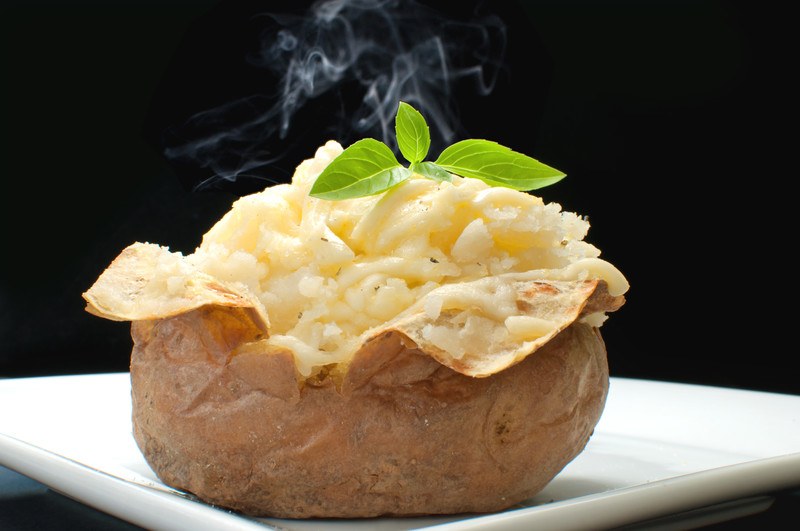
Potatoes are an easy-to-cook, versatile food that is also packed with nutrients that can help ease the symptoms of ADHD. One medium baked potato contains 15% of the daily recommended intake for fiber, which could help control blood sugar, as well as 11% of the daily recommendation for protein and 24% for potassium. Potassium is important because it can help treat the sensory overload common in people who struggle with ADHD.
Potatoes also contain significant amounts of the B vitamins folate, niacin (with 25% of the daily recommendation), riboflavin, and thiamin, as well as 66% of the daily recommendation for vitamin B6 and 40% for vitamin C. The vitamin B6 content stands out because it’s relatively high in potatoes, and it can increase alertness and decrease anxiety in people with ADHD.
Potatoes are also high in helpful minerals, including zinc, iron, selenium, potassium, and copper. Children with ADHD are at risk for low copper levels, which impact the production of the neurotransmitter dopamine. One medium potato, which provides 68% of the daily recommendation for copper, could help prevent this deficiency.
Asparagus
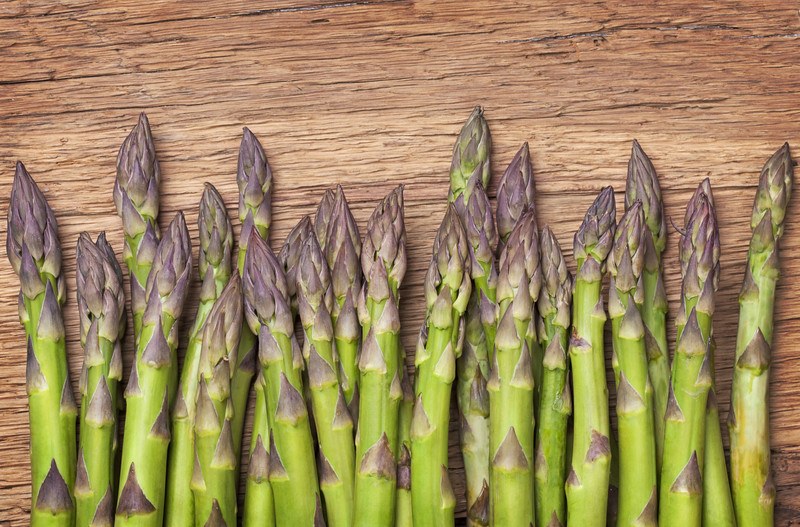
Asparagus is a green vegetable that appears early in the spring. The stalks, which sometimes have purple tips, are picked before the leaves fully bud out. These stalks are often steamed or boiled until they’re tender. Besides being a fresh and delicious veggie choice, asparagus supplies a number of nutrients that could help with ADHD.
A one-half cup serving of cooked asparagus provides 4% of the daily recommended intake for protein, as well as 4% for zinc, 5% for iron, and 8% for selenium. Deficiencies in selenium are linked to ADHD syndrome.
Asparagus also provides significant amounts of vitamin K, folate, several B vitamins, vitamins A and C, and the minerals magnesium, calcium, potassium, and manganese.
Avocado
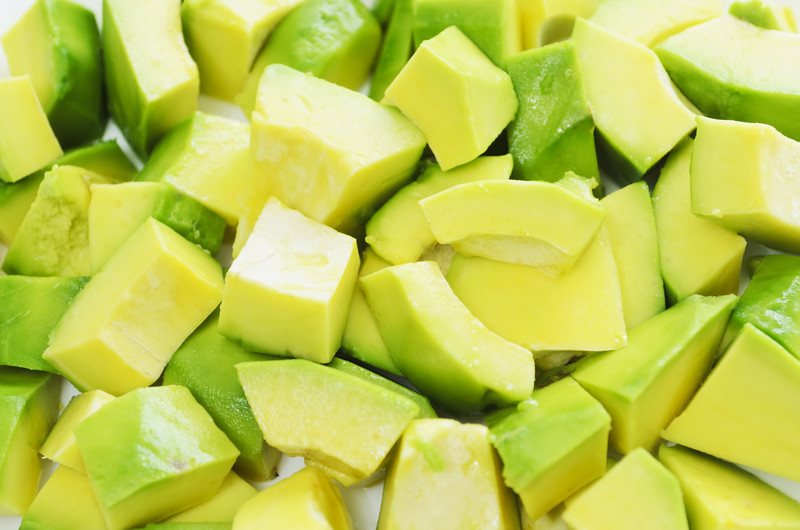
Avocados are well-known for their abundance of healthy fats. One cup of cubed avocado contains 34% of the recommended daily intake of fat. As part of the fat, a cup of avocado supplies 165 mg of omega-3 fatty acids.
When it comes to ADHD, omega-3 fatty acids are important because children with ADHD who take omega-3 supplements have less hyperactivity. They have fewer issues with inattention, too.
Avocado is also a great source of minerals, including zinc, potassium, magnesium, iron, and calcium. Magnesium is interesting because people with ADHD who take magnesium supplements have improved symptoms and are more relaxed. A cup of avocado provides 11% of the daily recommendation for magnesium.
Avocados supply several vitamins, too. These include 30% of the daily recommendation for folate, 19% for vitamin B6, and 21% for pantothenic acid. Pantothenic acid has also been studied in relation to ADHD, and it’s been associated with easing anxiety and irritability.
Broccoli
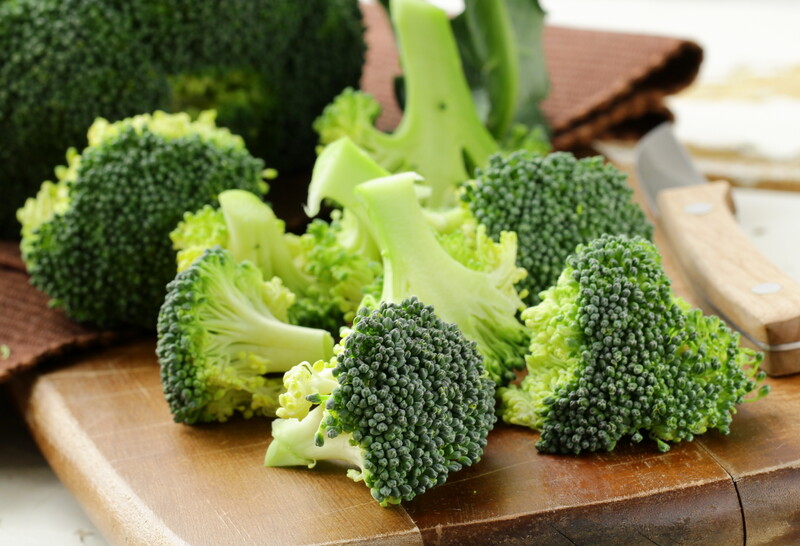
Broccoli is a cruciferous vegetable. Like other members of the cabbage family, broccoli is high in a compound called sulforaphane. Sulforaphane is a potent antioxidant that could improve lethargy, irritability, social awareness, and hyperactivity in people who suffer from ADHD.
Broccoli supplies several other types of nutrients, as well. One cup of chopped broccoli provides 135% of the daily recommendation for vitamin C, which also has antioxidant and anti-inflammatory properties. That serving size also provides 3% of the recommended daily intake for iron, 4% for calcium, zinc, and magnesium, 5% for selenium, and 10% for vitamin B6.
Brown Rice
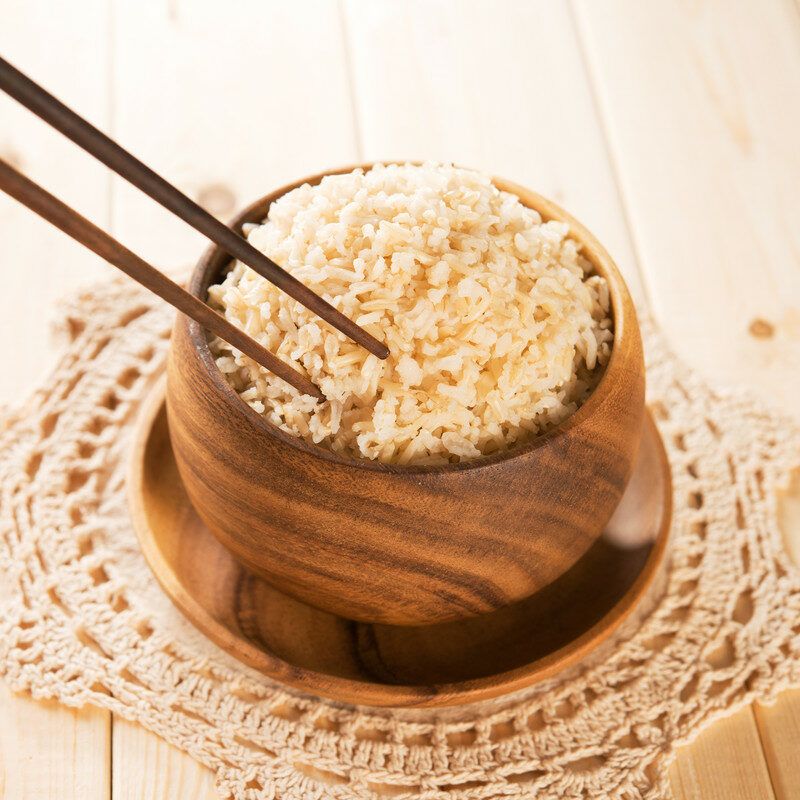
Brown rice is a great source of complex carbohydrates, including fiber, which could help people with ADHD control their blood sugar levels and the complications that come when blood sugars rise. One cup of cooked brown rice contains 3.1 grams of fiber or around 11% of the recommended daily intake.
Besides fiber, brown rice supplies 6% of the daily recommendation for iron, 11% for protein, 4% for potassium, 13% for zinc, 21% for selenium, and 19% for magnesium. It’s also a great source for niacin, thiamin, and folate, and it provides 18% of the recommended daily intake for vitamin B6.
Nuts
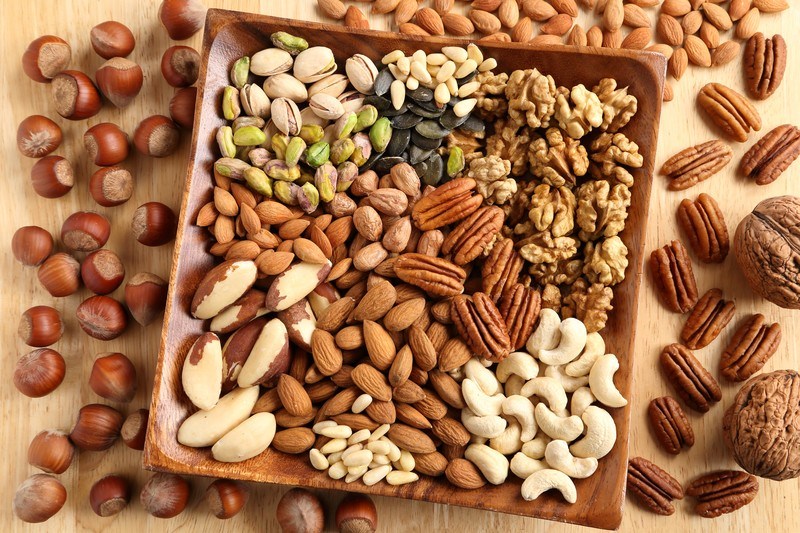
As a group, nuts are high in fats and proteins, which could make them an excellent snacking choice for people struggling with ADHD. The nutrient profile varies from nut to nut, so knowing the nutrients in each nut can be important for making choices that support the management of ADHD symptoms.
For example, both pistachios and peanuts both have relatively high amounts of vitamin B6 them. An ounce of pistachios contains 24% of the recommended daily intake for vitamin B6, while an ounce of raw peanuts supplies 8%. Peanuts provide 8% of the daily recommendation for zinc and 15% for protein, while pistachios supply 6% for zinc and 12% for protein.
One good strategy for someone trying to get all the benefits nuts to provide is to mix their own trail mix using the nuts and seeds they prefer most.
Fish
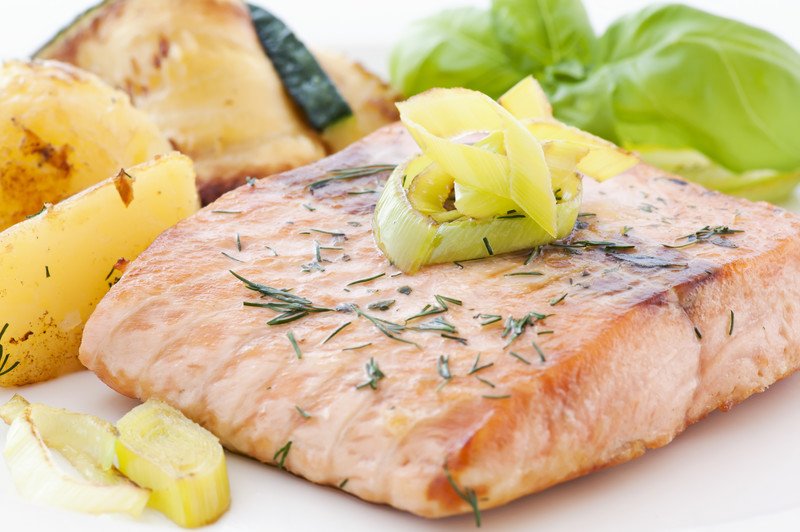
All types of fish are great sources of protein, and that could really benefit people who are struggling with ADHD. Some fatty fish, such as salmon, mackerel, trout, sardines, and herring, also provide a significant amount of omega-3 fatty acids.
One small salmon fillet provides 85% of the daily recommendation for protein, 88% for vitamin B6, 113% for vitamin D, 324% for cobalamin, and 99% for niacin. It also supplies decent amounts of riboflavin, thiamin, vitamin A, iron, potassium, magnesium, selenium, and zinc.
Blackberries

Like many berries, blackberries are rich in antioxidants that combat oxidative stress. They’re rich in other nutrients that could help manage the symptoms of ADHD, too.
A one-cup serving of fresh blackberries provides 27% of the daily recommended intake for fiber, which helps control blood sugar levels. It also contains 5% of the daily recommendation for iron, 9% for folate, 6% for niacin, 34% for vitamin C, and 7% for both magnesium and zinc.
Three Terrific Meal Ideas For Managing The Symptoms Of ADHD
Now that you’ve read through the list of the 12 best foods for ADHD, it’s time to consider how to put them together. The best meals on an adequate ADHD diet combine several elements to give a rounded nutrient profile.
Idea #1: Steak And Potatoes With Spinach Salad
Steak provides protein and minerals like zinc and iron, while potatoes contain both minerals and important vitamins. A spinach salad on the side could be topped with nuts, blackberries, and a sweet but sugar-free dressing.
Idea #2: Chicken With Brown Rice And Mushroom Pilaf
Brown rice and sautéed mushrooms, mixed into a pilaf, make an excellent side dish for roasted or grilled chicken. Fresh or steamed broccoli could round out the meal.
Idea #3: Salmon With Asparagus And Blackberry-Chia Pudding
Salmon contains fatty acids, protein, and several other nutrients that could help with ADHD symptoms. Asparagus is also high in protein and minerals. A simple pudding made with pureed blackberries and chia seeds provides vitamins, more minerals, and even more omega-3 fatty acids.

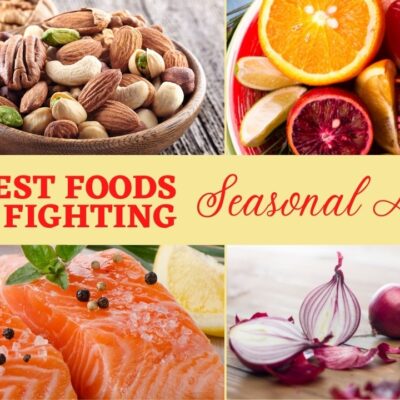
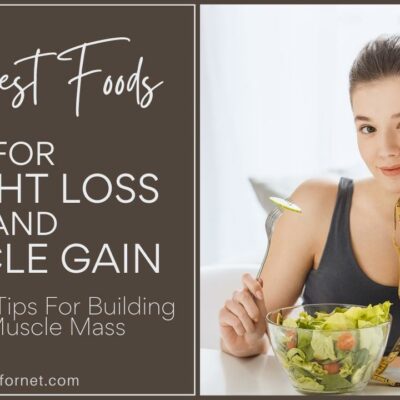

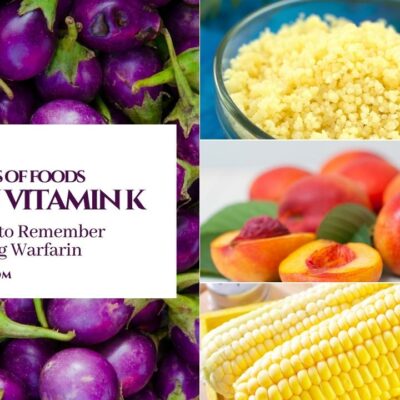
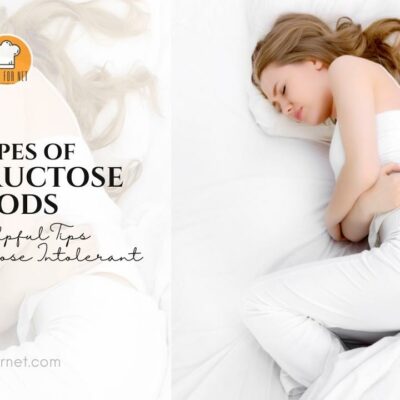



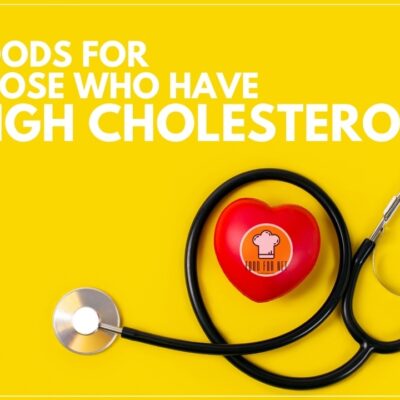

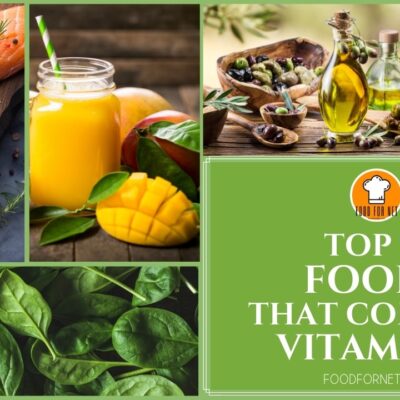
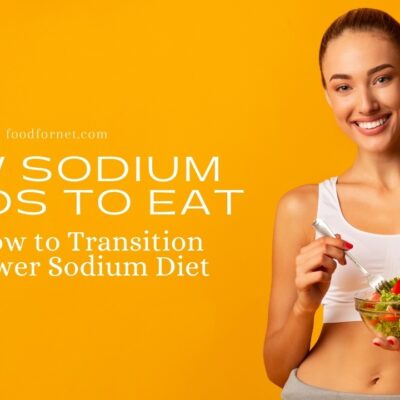

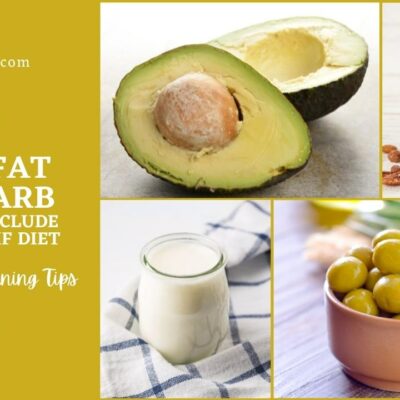
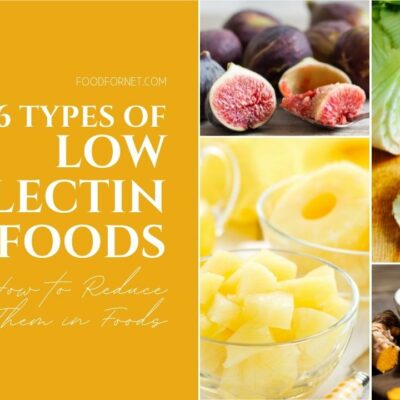
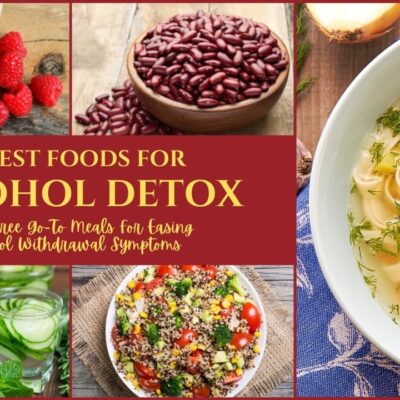
 The Best White Whiskey
The Best White Whiskey
Leave a Reply